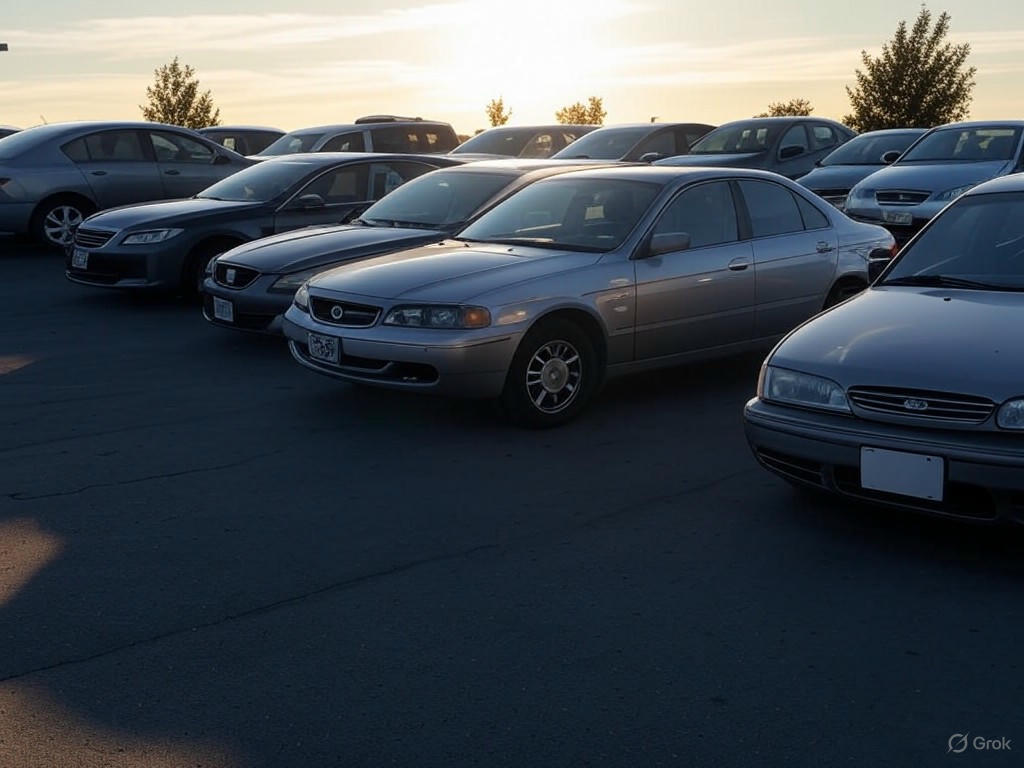Used Car Market Cools Down After Tariff-Induced Price Surge
The used car market has been a rollercoaster for consumers over the past few months, with prices recently showing signs of stabilization after a sharp spike earlier this year. In April, fears of impending tariffs on imported vehicles and parts drove many buyers into a frenzy, pushing prices to unprecedented levels as people rushed to secure cars before potential cost increases. Now, as the dust settles, the latest data indicates a slight easing of prices, though they remain significantly higher than pre-surge levels, creating a complex landscape for buyers and sellers alike.
The surge in April was largely fueled by uncertainty surrounding trade policies. Rumors of tariffs on foreign-made vehicles and components led to widespread concern among consumers who rely on affordable used cars for transportation. Many, fearing that prices would skyrocket even further, made the decision to purchase sooner rather than later. This sudden spike in demand created a seller’s market, where dealerships and private sellers could command premium prices for even older or high-mileage vehicles. Inventory shortages, already a lingering issue from supply chain disruptions in previous years, only added to the problem, further inflating costs for budget-conscious buyers.
Fast forward to last month, and the market appears to be finding a new equilibrium. With the initial wave of panic-buying subsiding, demand has tapered off, allowing prices to dip slightly from their April peak. Industry analysts suggest that some consumers who delayed their purchases are now re-entering the market, but with a more cautious approach, waiting to see if prices will continue to soften. Additionally, there has been no concrete action on the rumored tariffs, which has helped calm fears and reduce the urgency to buy immediately. However, prices are still far from what many consider affordable, hovering well above historical averages due to persistent supply constraints and ongoing economic pressures like inflation.
For those in the market for a used vehicle, the current situation presents both challenges and opportunities. On one hand, the slight price drop offers a small window of relief for buyers who missed the earlier rush. On the other hand, with prices still elevated, many are forced to stretch their budgets or settle for less desirable options. Experts advise potential buyers to remain patient if possible, as further stabilization could occur if supply chains improve or if trade policy uncertainties are resolved. For sellers, the market remains favorable, though the peak of the frenzy may have passed, suggesting a need to price competitively to attract cautious buyers.
As the used car market continues to evolve, it serves as a microcosm of broader economic trends, reflecting consumer sentiment, policy impacts, and global supply dynamics. While the recent cooling of prices is a welcome development for many, the road ahead remains uncertain. Both buyers and sellers will need to stay informed and adaptable as they navigate this fluctuating landscape in the months to come.


